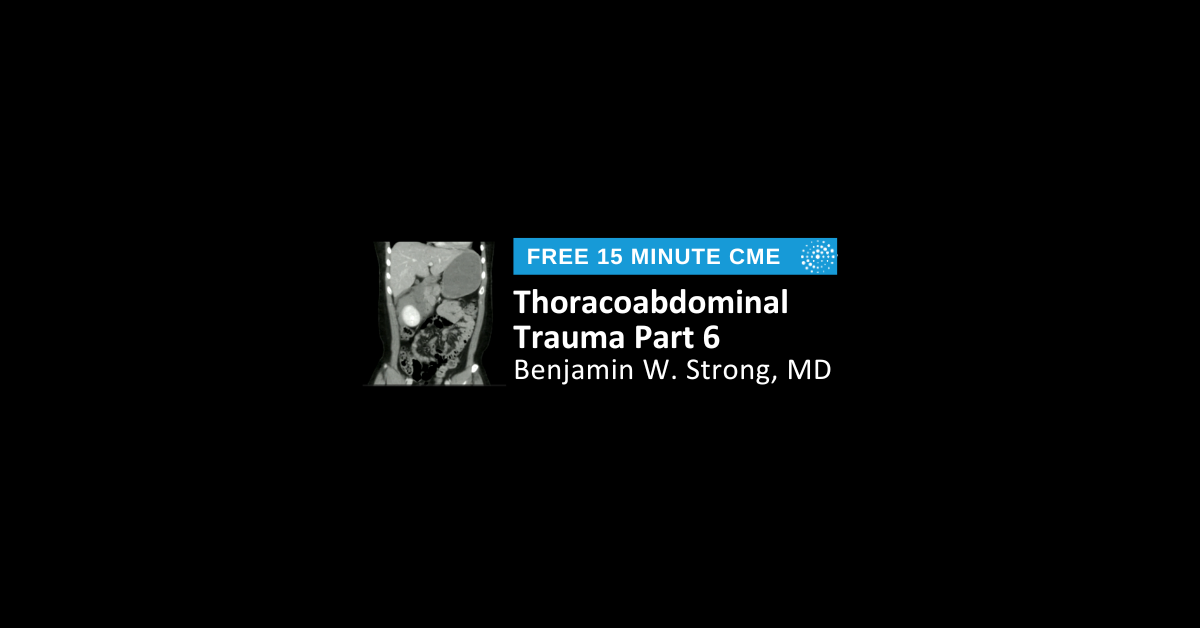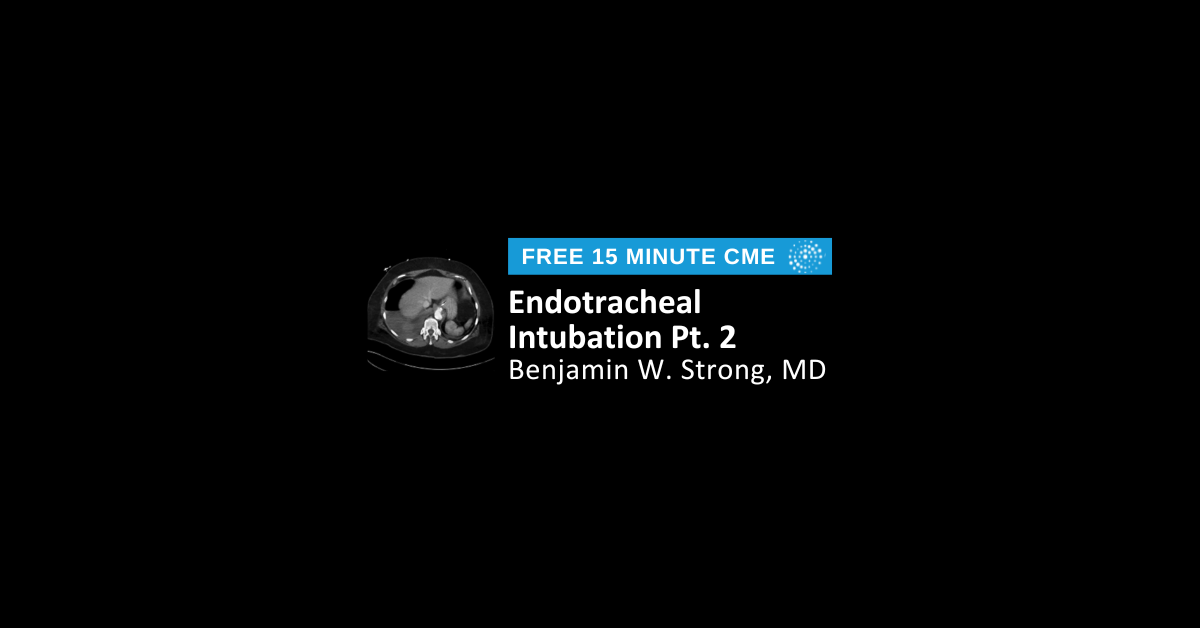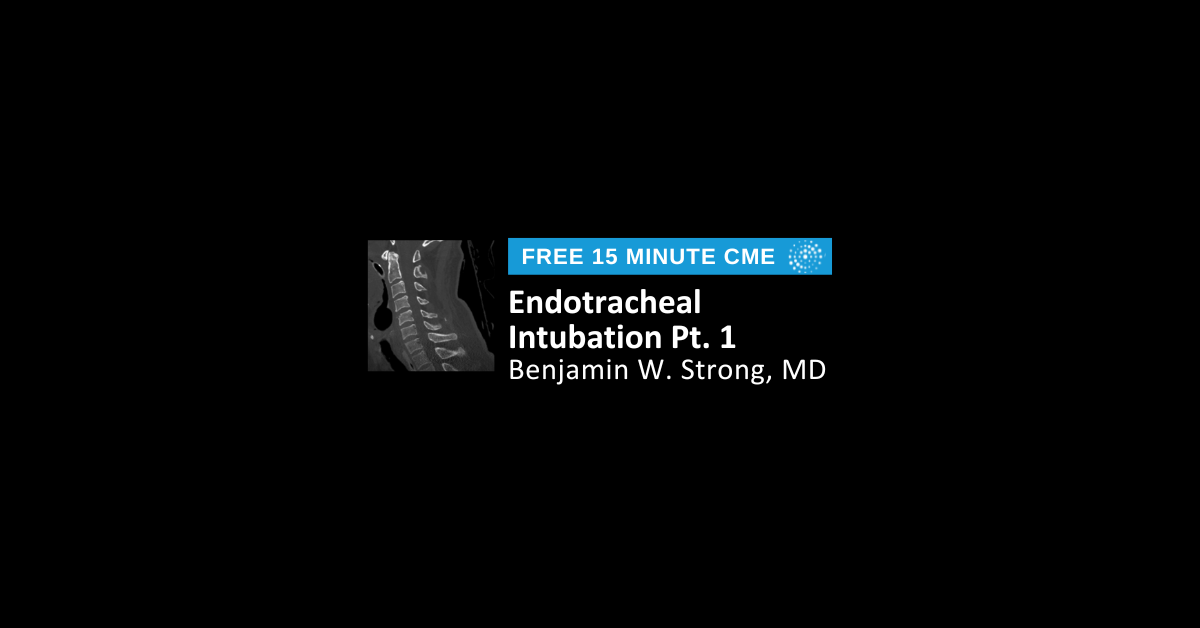Thoracoabdominal Trauma Part 6
0.25 AMA PRA Category 1 Credit™
Cost: Free
Expires: 12/31/2026
Course Overview
This 15-minute CME course reviews a collection of traumatic injuries to each of the relevant vessels/organs of the thorax, abdomen, and pelvis. Each case is in cine format with annotations and includes icons representing reporting accuracy, patient outcome, specific injury mechanism, and expected mortality. This lecture was recorded at Practical Radiology 2023.
Learning Objectives
- The importance of aortic evaluation in trauma cases (high mortality, often difficult to detect, often associated with other severe injuries.)
- Appreciate the appearance of typical/classic injury patterns to each individual organ and vessel in the thorax and abdomen.
- Understand the potential distraction that estimation of the injury vector can cause.











.jpg?width=1024&height=576&name=vRad-High-Quality-Patient-Care-1024x576%20(1).jpg)







%20(2).jpg?width=1008&height=755&name=Copy%20of%20Mega%20Nav%20Images%202025%20(1008%20x%20755%20px)%20(2).jpg)





-1.png?width=1200&height=628&name=CME_Header_1200x628%20(3)-1.png)

-3.png?width=1200&height=628&name=CME_Header_1200x628%20(2)-3.png)

-3.png?width=1200&height=628&name=CME_Header_1200x628%20(1)-3.png)





-2.png?width=1200&height=628&name=CME_Header_1200x628%20(1)-2.png)






